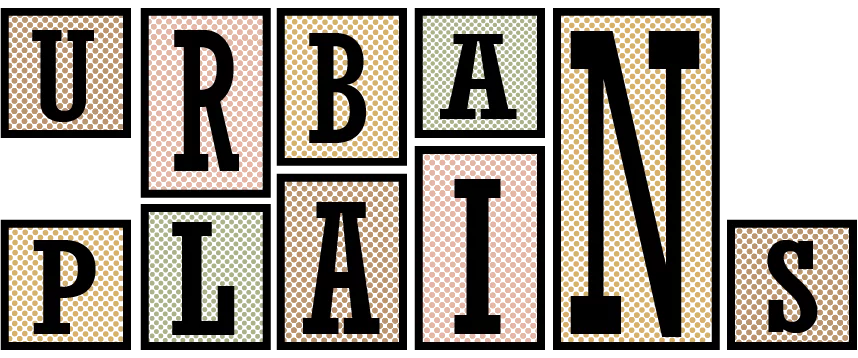Words and graphic by Arianna Gastelum
Video and photo by Becca Jonas
Every four years, the Winter Olympics captures the hearts of millions of people and takes over countless households. It’s nearly impossible for Americans to keep their eyes off of the TV for those precious two weeks.
I don’t fall under this category of people. Not even a little bit. I barely even watch the Summer Olympics. Growing up in San Diego, California, the only sports I watched were golf, surfing, and skateboarding.
Needless to say, the ice rink is not my natural habitat.
Despite this, I moved to Iowa five years ago. When I saw headlines saying Minnesotans won the gold in curling, the small ounce of Iowan in me became slightly curious about the sport. But it wasn’t until I saw their dad bods that I thought it was time to immerse myself in the Midwest’s art of curling.
So I took it upon myself to find out: Is curling as easy as Olympians make it look?
The Etiquette of Curling
Curling originated in Scotland. During the winters, locals would meet on frozen ponds when they needed something to do. However, in the Midwest, curling is much more than a pastime–it’s a cherished sport, particularly in Minnesota and Wisconsin.
Logun Gunderson, a Wisconsin native and member of the University of Nebraska-Lincoln Curling Club, tried curling after exhausting all other sporting options.
“Curling is nicknamed the ‘Gentleman’s Game’ because it is a game of honor and good sportsmanship” —Logun Gunderson
“I started it because I had tried pretty much every other sport, from cheerleading to wrestling to track to football, but none had really clicked with me until I tried curling,” he says. “And [I] fell in love with it.”
Curling is unique from most other sports in that there’s an understanding of cordiality and etiquette. “Curling is nicknamed the ‘gentleman’s game’ because it is a game of honor and good sportsmanship,” says Gunderson.
It’s typical for curling opponents to get along with each other. “It’s part of the etiquette of the sport to shake hands before and after games, share a meal, or play a card game with your opponents after the game to just talk and have fun as curlers,” Gunderson says.
Let the Bodies Hit the Floor
After I signed up for an open Learn to Curl session at the Cedar Rapids Curling Club, which operates weekdays from 8 a.m. to 5:30 p.m., I immediately started looking for fluffy sweatpants online. I searched for Youtube videos and found this two-minute video by Curling Canada that puts the rules in the simplest form possible.
Still, I couldn’t help but think about the men’s U.S. Olympic curling team. I thought, “If four grown men who look like they drink beer on the couch all day to prepare for curling can do it, then so can I. Right?”
No. Not at all. Actually, I’ve probably never been so wrong.
Lon Peper, an instructor at Cedar Rapids Curling Club, says it’s common for people to come into curling with the same expectations as I did. “People think they can go to the Olympics in four years. They see it and they say ‘Oh, that’s easy!’” he says. “Until they get out there and they say, ‘That was a lot harder than I thought.’”
In a game of curling, there are two teams of four players. “Every team member throws two rocks in a preset order, every person sweeps to some degree, and two people will be calling [the] shots,” Gunderson explains. “But one person calls most of the shots.”
During each team’s turn, the thrower uses a slider shoe to launch themselves with the curling stone. While the stone is sliding, the skip at the other end of the ice or the thrower tells the sweepers to sweep faster or slower.
When yelling, either the thrower or the skip tells the sweeper how fast to sweep. The faster they sweep, the faster the ice melts. The faster the ice melts, the farther the stone goes.
[aesop_image img=”https://urban-plains.com/wp-content/uploads/2018/04/curling_infographic_big.png” panorama=”off” align=”center” lightbox=”on” captionposition=”left” revealfx=”off” overlay_revealfx=”off”]After 20 minutes of pure failure—falling over, losing my balance, sweeping too slow, sweating excessively—I realized curling was more frustrating than I could have ever anticipated. Kari Kozak, the Learn to Curl event coordinator at the club says, “It’s more of a finesse sport than people think.”
When it came to technique, I found myself thinking about 10 different things simultaneously. The hardest thing was figuring out how to throw and swing my body forward to generate speed. Then I also had to aim and rotate the stone, hold it properly, let it go at the perfect time, and push it just hard enough– all while not falling on my face in front of the whole class.
Despite my many efforts, I just couldn’t seem to get the timing right. Eventually, I realized I had gotten so caught up with my throwing and sweeping techniques that I never got myself to the yelling part (which I would have been great at).
By the end of the hour-long session, I had fallen a grand total of five times and my legs felt like ramen noodles.
Curling for Life
In the process of learning about curling, I met curlers that were passionate not only about the sport itself, but also about its social benefits. Peper believes that the curling community is one of the most rewarding parts of the sport. “You could curl up in the Twin Cities and play someone from Hollywood, California—people you’ve never met before—and you’re lifelong friends after that,” he says.
Curling has the tendency to bring people together. Like Peper, the social aspect of curling has been formative for Gunderson. “I’ve made my closest friends through curling, either as teammates or opponents.”
“You could curl up in the Twin Cities and play someone from Hollywood, California— people you’ve never met before—and you’re life-long friends after that.” —Lon Peper
It’s clear that the tradition of friendship is inherently part of the sport. “To stop curling would mean that I’d stop forming those great friendships and doing what I love,” Gunderson says.
It’s Not Goodbye, It’s See You Soon
Before my curling lesson, if someone had asked me what I liked the most about the Winter Olympics, I would have replied with “It’s bobsled time!” because I would have had no idea what to say. (Also, I just love Cool Runnings.)
Even though I may have embarrassed myself on the ice, I can confirm curling is not as easy as it looks. But meeting genuinely nice people along the way made failing that much more fun.
As I get ready to move back to the West Coast in two months, I can feel comfort knowing that for a brief moment I felt like a true Midwesterner.
Yes, I am terrible at curling. Yes, I would curl again in a heartbeat. And yes, the 2022 Winter Olympics couldn’t come soon enough.

